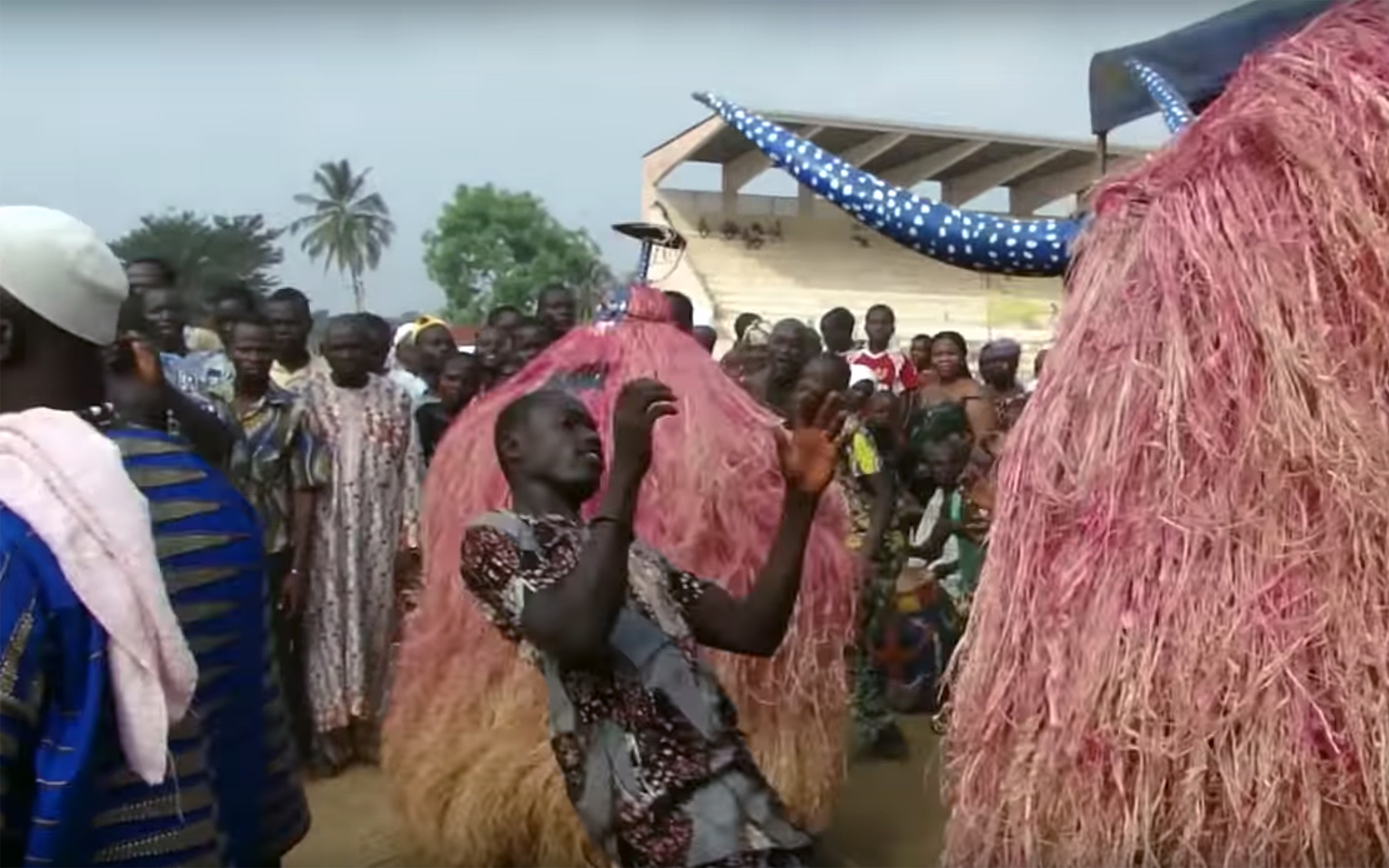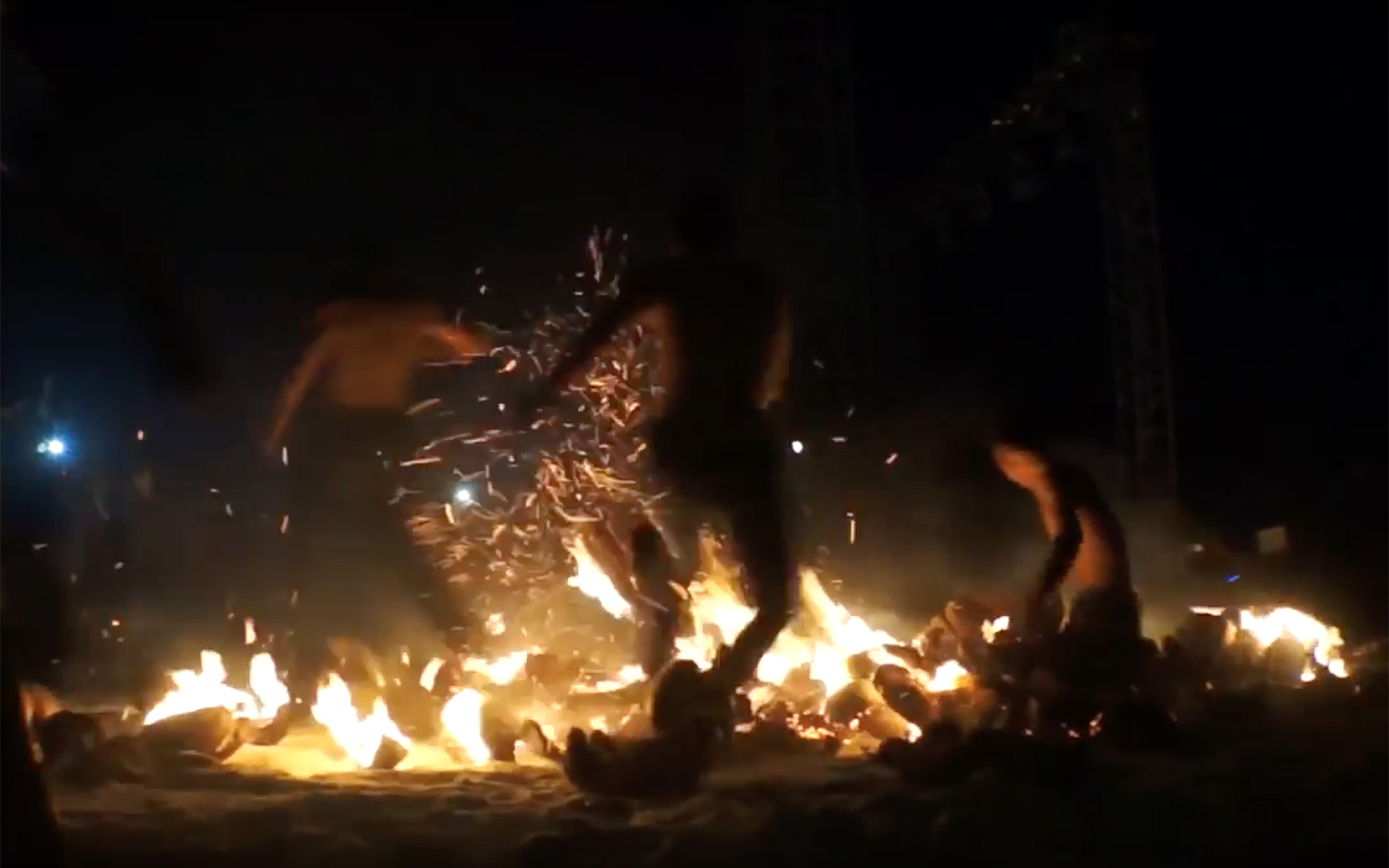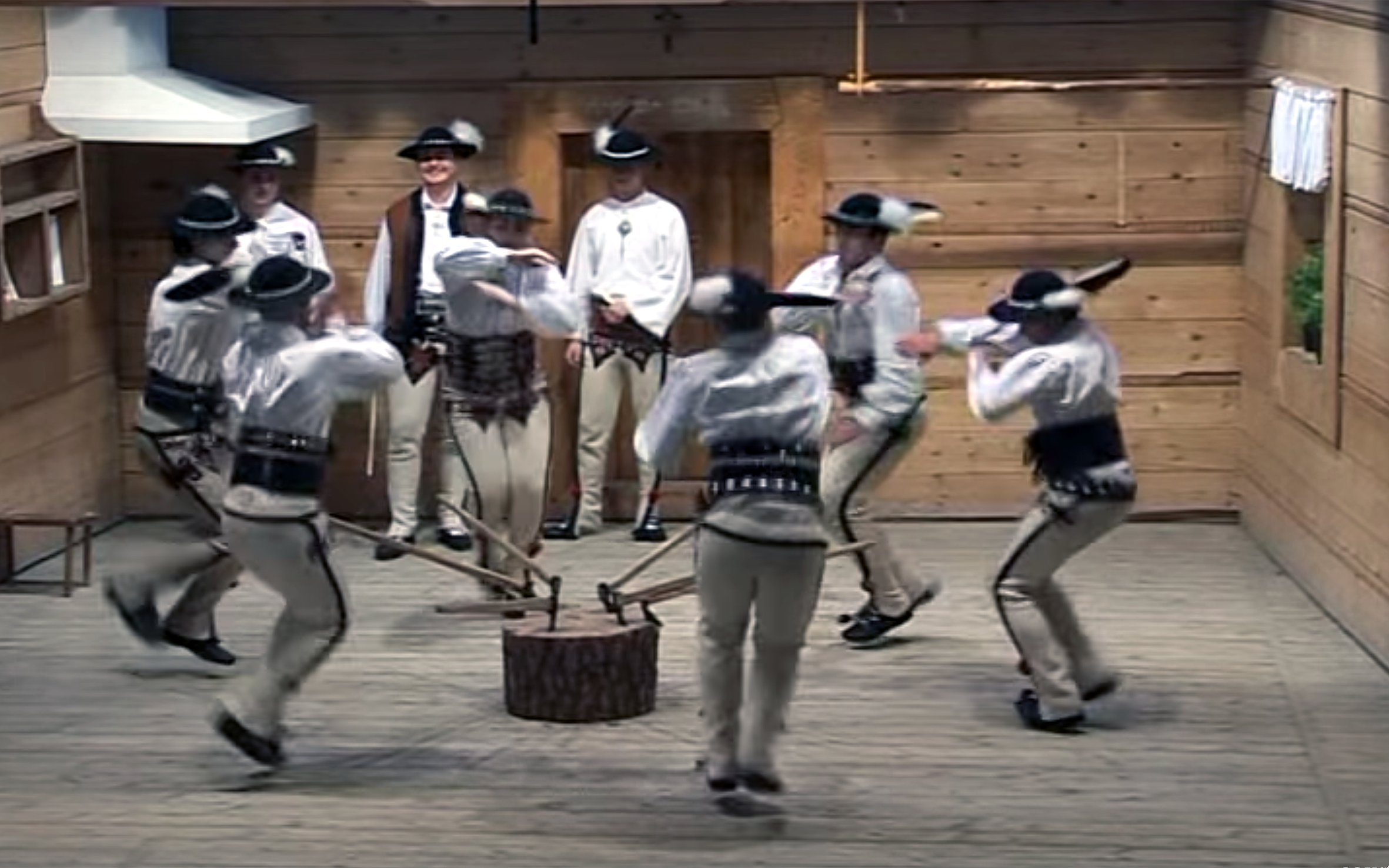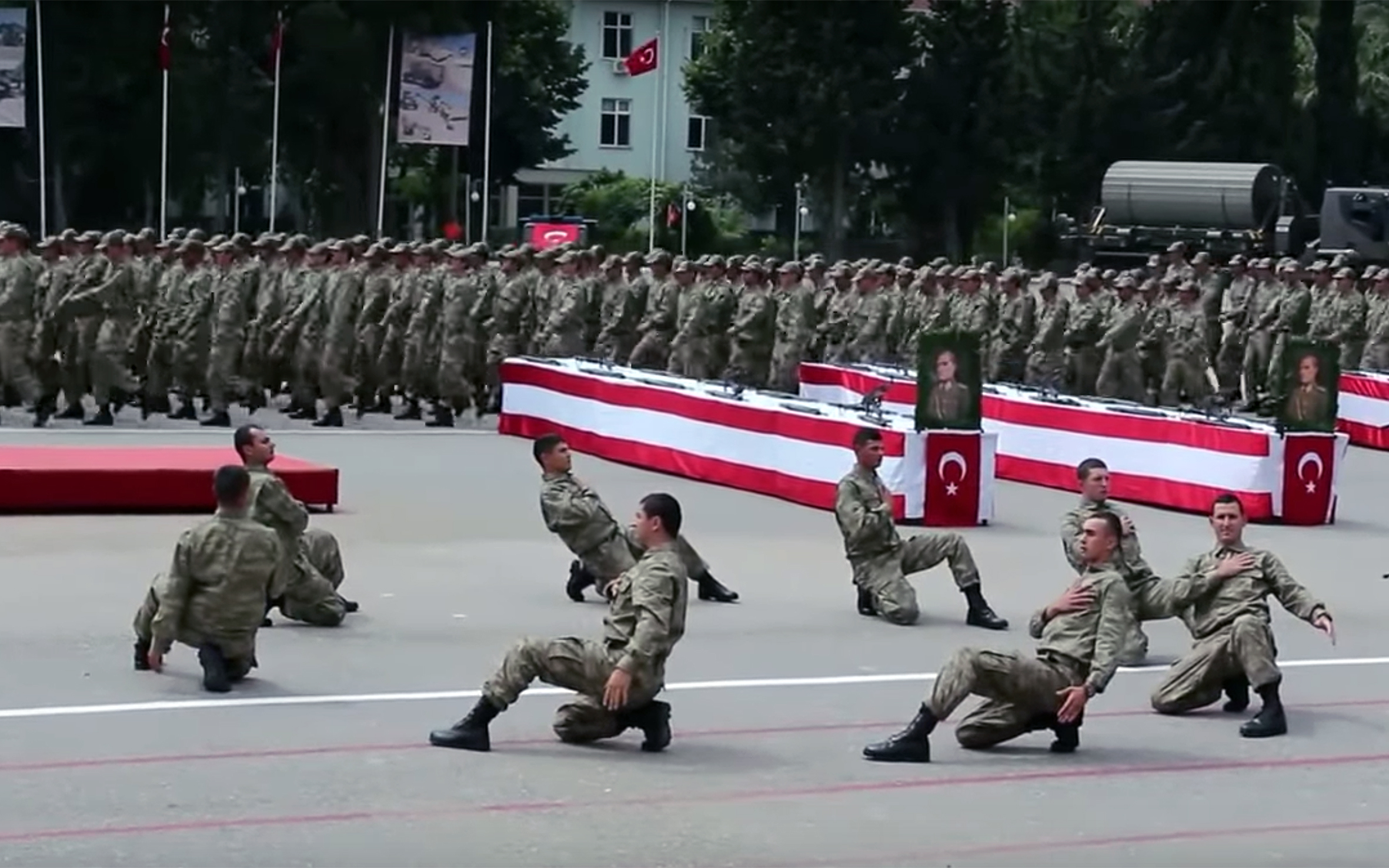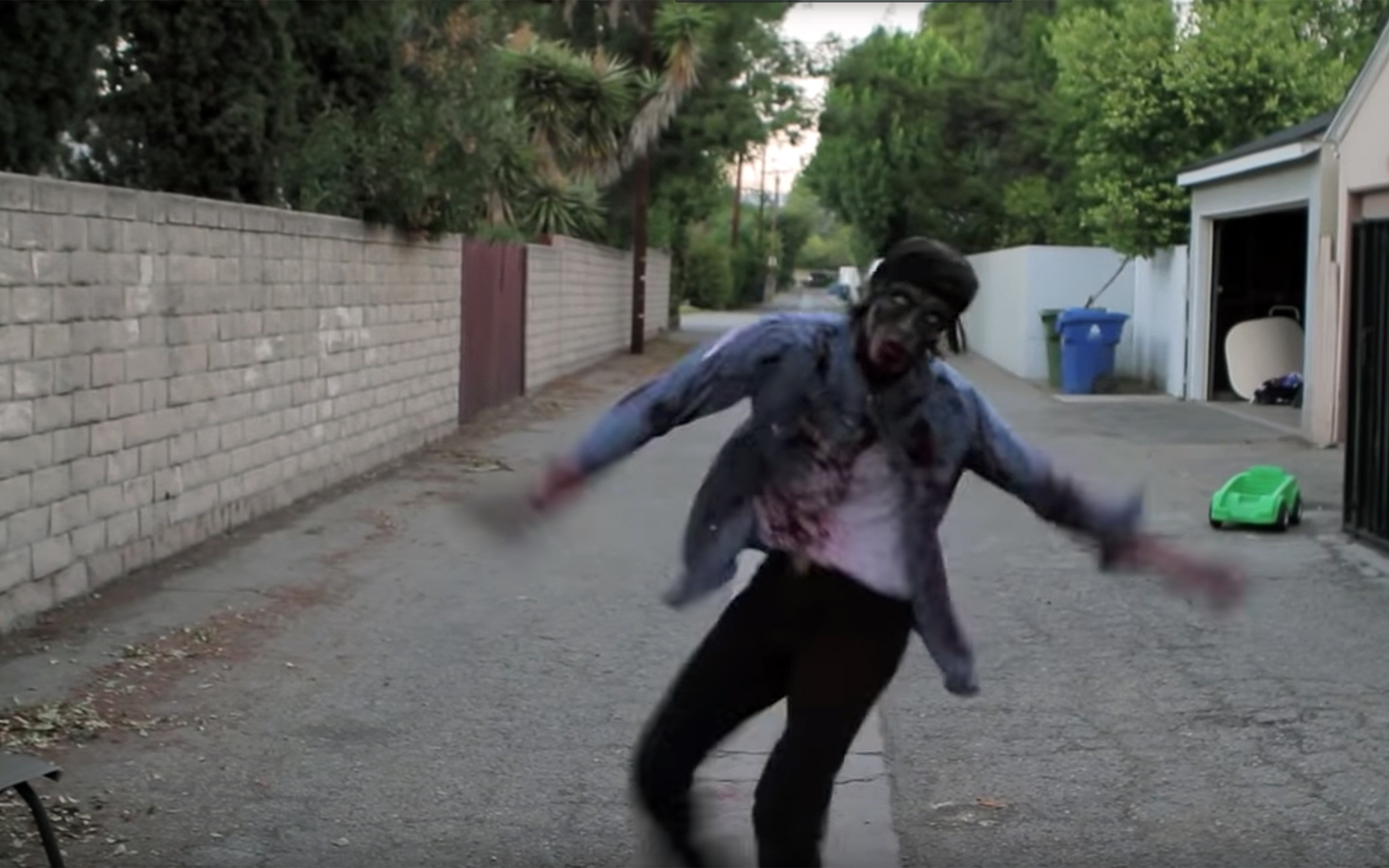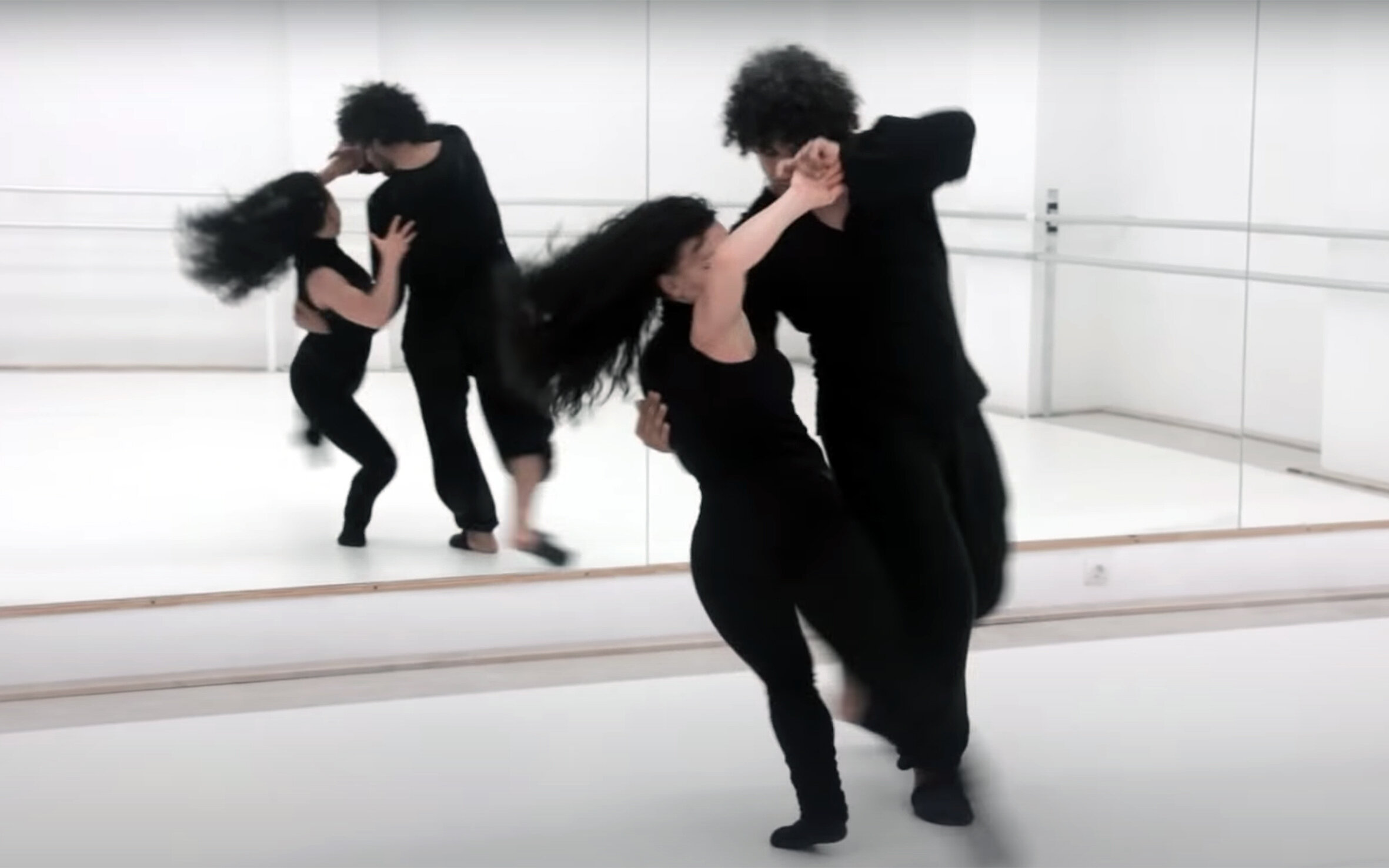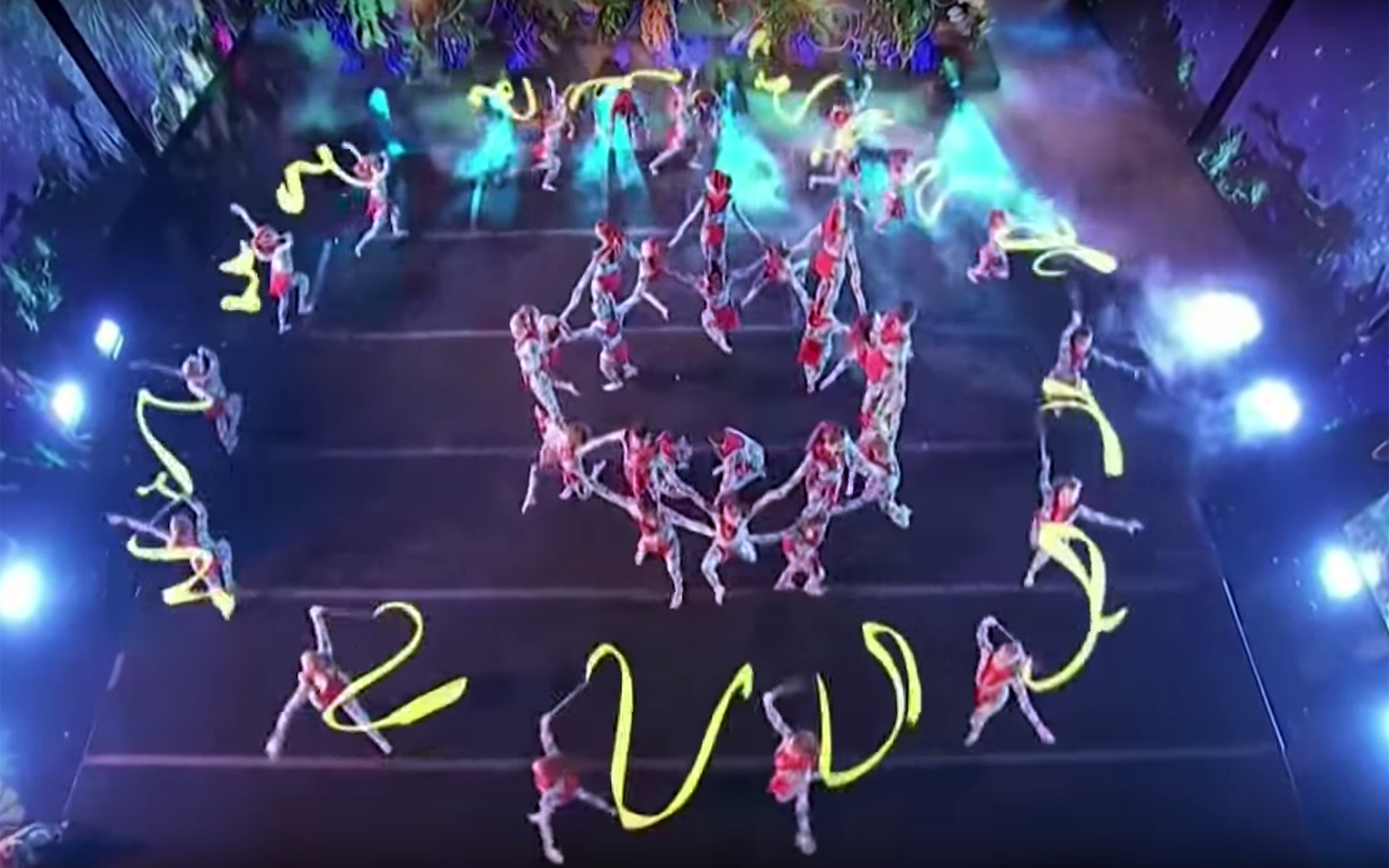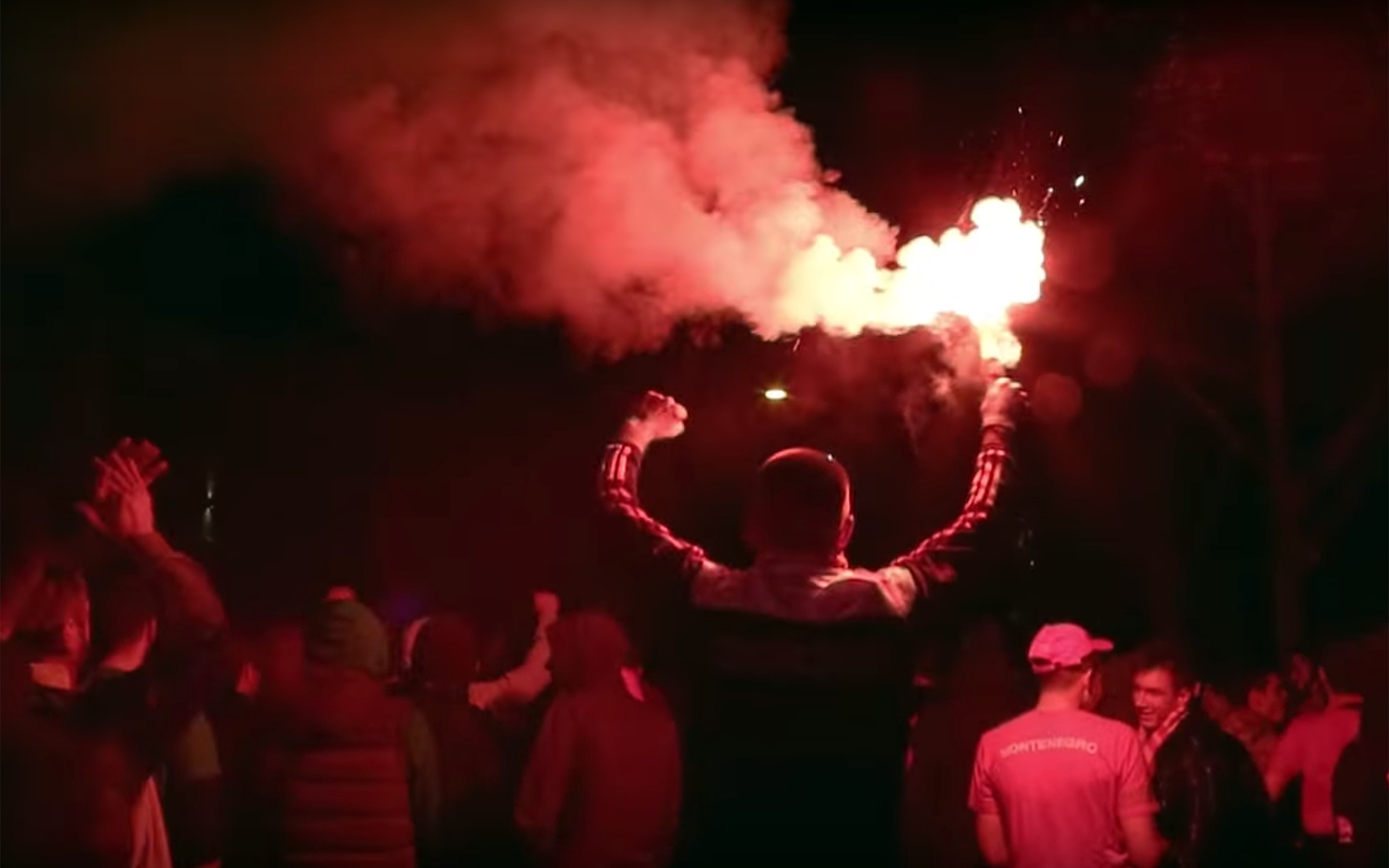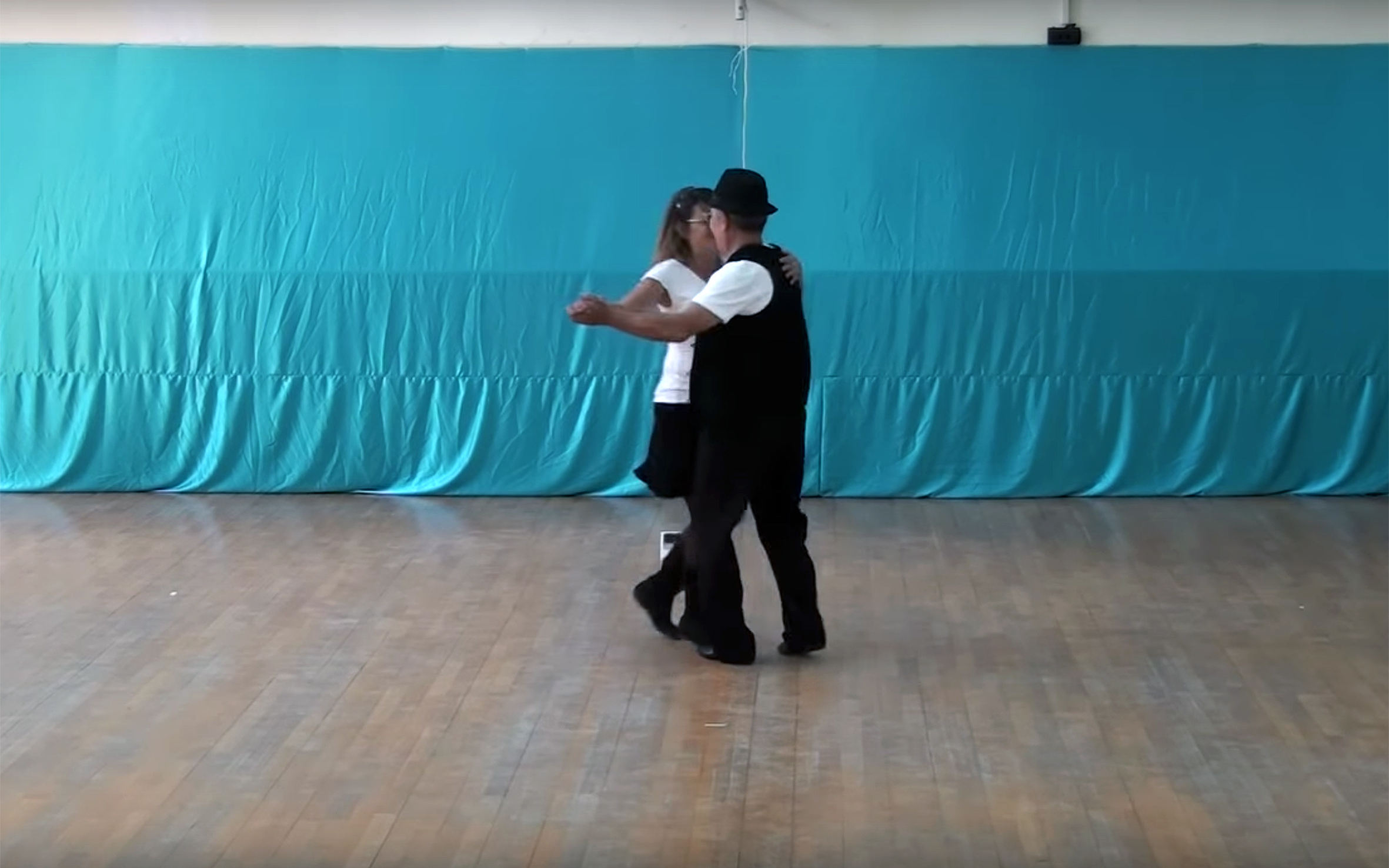981.ZANGBETO / Benin
ZANGBETO is a traditional performance ceremony by the Fon people in Benin, devoted to worshiping the Zangbeto, traditional voodoo guardians of the night in the Yoruba religion of Benin and Togo, known as the “Nightwatchmen”. The Zangbeto mask is very tall and covered with colored straw. It represents wild non-human spirits (the forces of nature and of the night that inhabited the earth before human beings). Zangbeto comes out in the darkness of the night making an eerie humming noise to announce his arrival. He has a deep and guttural voice. He dances by spinning around fast, he jumps high and then crawls like a snake. Zangbeto performance guarantees protection against thieves and malicious people.
982.Zaouli / Ivory Coast
ZAOULI is a traditional dance of the Guro people of central Ivory Coast. The Zaouli mask, used in the dance, was created in the 1950s, reportedly inspired by a girl named “Djela Lou Zaouli”. However, stories on the origins of the mask are varied, and each mask can have its own symbolic history. Each Guro village has a local Zaouli dancer (always male), performing during funerals and celebrations. The dance is believed to increase the productivity of a village that it is performed in, and is seen as a tool of unity for the Guro community, and by extension the whole country.
983.Zapin / Malaysia / Indonesia
ZAPIN is a Malay dance popular in Malaysia, Indonesia and in other Malay populated countries such as Brunei Darussalam and Singapore. It is believed to have been introduced by Arab Muslim missionaries from the Middle East in the 14th century. In the old days, only males were allowed to perform, nowadays, female dancers are included. It used to be performed exclusively for religious ceremonies but through the years it has become a form of traditional entertainment, hence the participation of female dancers is allowed. The dancers usually perform in pairs and are accompanied by a traditional music ensemble, which normally consists of the gambus, accordion, rebab, marwas (bongos), rebana (drum) and dok.
984.Zapin Api / Malaysia / Indonesia
ZAPIN API is a fire-dance technique of the classical Malay Zapin dance founded in Pulau Rupat Utara, Bengkalis, Riau, Indonesia. The identifying characteristic of Zapin Api is the incorporation of fire and strong focus on the mystical elements. The dance style was historically dormant and extinct for nearly 40 years before its revival in 2013.
985.ZAT PWE / Myanmar
ZAT PWE is the name of all-night performances that combine melodrama, slapstick, traditional dance, and pop music in Myanmar. They happen in temporary bamboo theatres during annual festivals. The performers are traveling troupes, usually several dozen professional male and female dancers, musicians, comedians, and actors. The Duet Dance, a standard part of the Zat Pwe, is a two hour performance where the male dancers make a display, often with highly athletic and inventive elements. The male and female dancers sing in duet and exchange lover’s vows.
986.ZbójnickI / Poland
ZBÓJNICKI is a Polish folk dance from the Skalne Podhale area (the rocky foothills of the Tatra Mountains and the Tatras themselves, located in southern Poland). The name comes from an adjective created from the noun “zbójnik”—a robber, in plural— “zbójnicy”. In the 17th-18th centuries bands of such robbers thrived in the Tatra Mountains. It is a processional dance, performed only by men. It used to be shepherds’ dance with elements of war dance. It is danced by an even number of men (not less than four), one of them is a leader—“harnaś”. He calls the others to dance and they start walking as if to warm their muscles. The walk is energetic, following the “bouncy” rhythm of the music. Walking sticks with axe heads—“ciupagi”—are being used. It is a symbol of Podhale’s folk culture.
987.Zeibekiko / Greece / Cyprus
ZEIBEKIKO is an old dance, strictly for males. Due to the movements of a dancer, it is sometimes known as the “eagle dance”. It has no set steps, only certain figures and a circular movement. It takes place in an area slightly surpassing one square meter and mostly consists of improvised movements. Occasionally dancers perform feats such as standing on a glass of wine or a chair or picking up a table, adding a sense of a little braggadocio and humor.
988.Zeybek / Turkey / Cyprus
ZEYBEK called WEST ANATOLIAN HERO FOLKLORE DANCE is a dance of the Western Anatolia region with many varieties. Outside Turkey, it is also performed in Cyprus. Zeybek dances can be performed by one person or by a group of people, and their male characters are called “efe” and female characters, “kizan”. It is a slow dance performed by holding up elbows at the level of shoulders, displaying a solemn heroic style and occasionally bending one of the knees to the ground.
989.Zhungdra / Bhutan
ZHUNGDRA are the most traditional songs and accompanying dances of Bhutan, most common in the western valleys where the “zhung”, or the central government, was based. They are closely connected to Tibetan folk styles. In addition, there are also many songs and dances that are unique to local communities. Some of them are performed only during specific events or for particular purposes. These include a wide range of local songs such as the Achi Lhamo of Merak, the Aulé of Laya, the Ashi Lhamo of Ura, the cotton song of Kheng and Khoré of Pema Gatshel.
990.Zikr / Chechnya
ZIKR is a circular dance and incantatory ritual used by the Qadiri Sufi Islamic brotherhood, Qadiriyya, as a form of prayer. It developed into a symbol of national identity and national unity for the Chechens beginning with its introduction in the mid-19th century and throughout its years under Russian rule. The dance became a rallying cry for the resistance movements in Chechnya under the tsarist rule, the Soviet regime, and the current Russian Federation.
991.Zombie Dance / Global
ZOMBIE DANCE is a freestyle dancing performed by people who dress up as zombies. Zombie is a fictional undead created through the reanimation of a human corpse. Zombies are most commonly found in horror and fantasy genre works. The term comes from Haitian folklore, where a zombie is a dead body reanimated through various methods, most commonly magic. Modern depictions of the reanimation of the dead do not necessarily involve magic but often invoke science fictional methods such as carriers, radiation, mental diseases, vectors, pathogens, scientific accidents, etc. Zombie dance can be performed as a part of ritual dances, but mostly it is just for fun.
992.ZOUK / Guadeloupe / France
ZOUK is a dance that was born in the late 1970s in Guadeloupe. It is a very sensual dance with dancing partners performing the same movements and mirroring each other. Zouk was introduced to Brazil in the early 1990s, from a dance known as Lambada. Two most popular branches of Brazilian Zouk are Traditional (Rio) Zouk—that can be both linear and circular; and Lamba Zouk—characterized by constant, nonstop movement, unlike the Traditional style. The dance continues to evolve and has become popular all over the world. It is very close and often mixed up with Kizomba from Angola. The Zouk rhythm is often used for remixes of R&B, Pop, Oriental and Electronic music.
993.Zulu Dance / South Africa
ZULU DANCE is an important part of the Zulu culture. Dancing is usually performed during a traditional Zulu ceremony, and is accompanied by vibrant singing and sometimes the beating of drums. It is something quite spectacular, especially when the men and women are fully dressed in their traditional attire. It is customary that unmarried and young men dance, alternating in separate groups, occasionally married women and men break in and join the festivities. Married women utter a quavering shrill (“ukukikiza”). When the young women (“izintombi”) dance, the young men clap and play the drum and vice versa.
994.ZUMBA / Global
ZUMBA is an exercise fitness program, created by Colombian dancer and choreographer Alberto “Beto” Perez during the 1990s, that involves dance and aerobic movements performed to energetic music. The choreography incorporates hip-hop, soca, samba, salsa, merengue and mambo. Squats and lunges are also included.
995.ZURCAROH / Austria
ZURCAROH is an acrobatic and dance show group based in Austria and directed by Brazilian choreographer Peterson da Cruz Hora. Some of their moves and routines are unique or rarely seen in typical dance routines. These include multiple flips at once and circus style trapeze acts. One move has two dancers doing cartwheel-style somersaults off the ground, landing each revolution on fellow performers’ arms. Another has a dancer acting as a jump rope.
996.Zvecarsko kolo / Balkans
ZVECARSKO KOLO is a specific type of the Kolo dance, usually performed by Roma people in the Balkans, danced solo or in couples. It includes strong, firm and short hand movements: clappping but also tapping legs and heels. Zvecarsko Kolo is a fast, inventive and interactive dance. Therefore, it has less rules than any other Kolo dance.
997.ZYDECO / USA
ZYDECO is a dance style with roots in a form of folk dance that corresponds to the heavily syncopated zydeco music, originated at the beginning of the 20th century among the Francophone Creole peoples of Acadiana (south-west Louisiana). It is a partner dance that has been primarily danced socially and sometimes in performances. The follower usually mirrors the steps of the leader, however in some figures the steps may be completely different, allowing for self-expression and improvisation. Because of the very lively music, the overall style is small sidewise steps with relatively steady upper body and no hip swinging, wiggling or jumping. There are exceptions to this rule, but the feel of the zydeco is very real and consistent. Zydeco can be described as the opposite of swing or ballroom since the direction or feel of the dance is down.
998.Zwiefacher / Germany
ZWIEFACHER (“twice” or “double the times”) is a southern German folk dance with a quick tempo and changing beat patterns. It is danced primarily in Bavaria and also known in the Black Forest, Austria, Alsace, the Czech Republic and Sudetenland. The music involves Waltz, Dreher, and Polka. The couple turns very quickly in a closed position, similar to the Waltz. Physically, the rhythmic shift looks like a change from normal Waltz steps to Dreher steps (pivots), occasionally also to Polka step.

